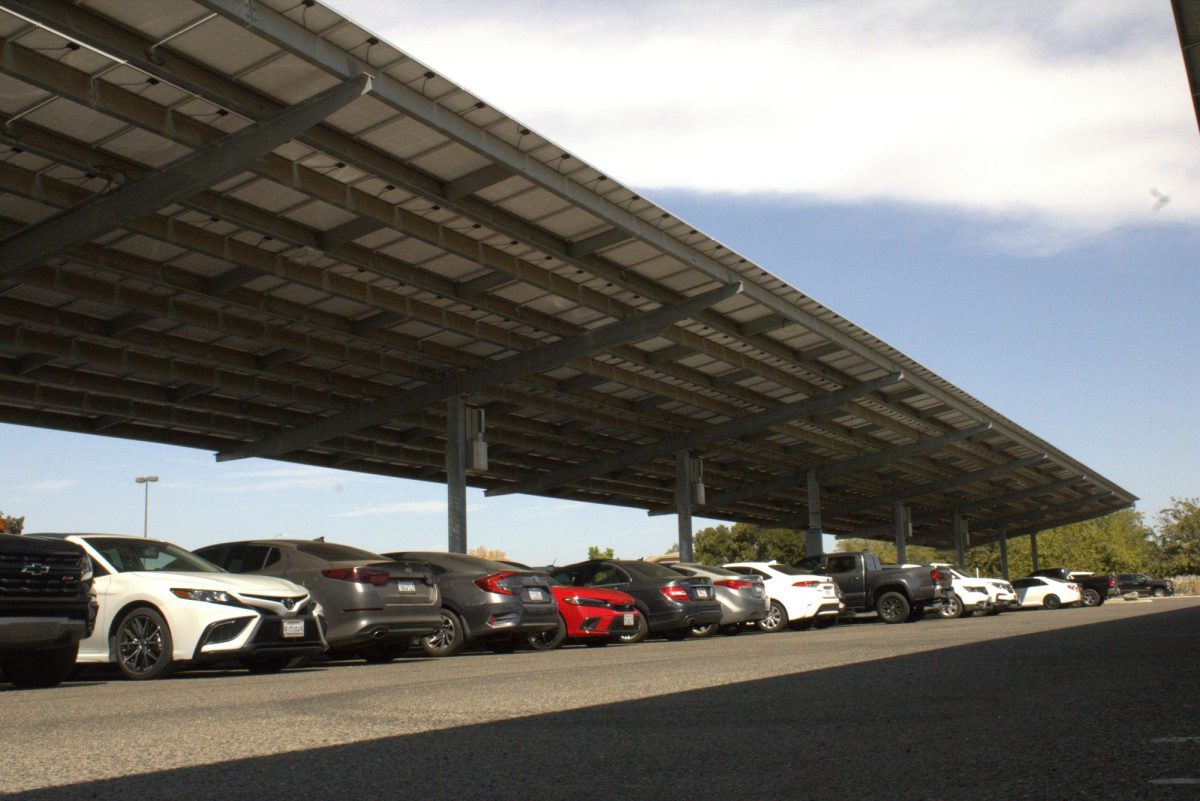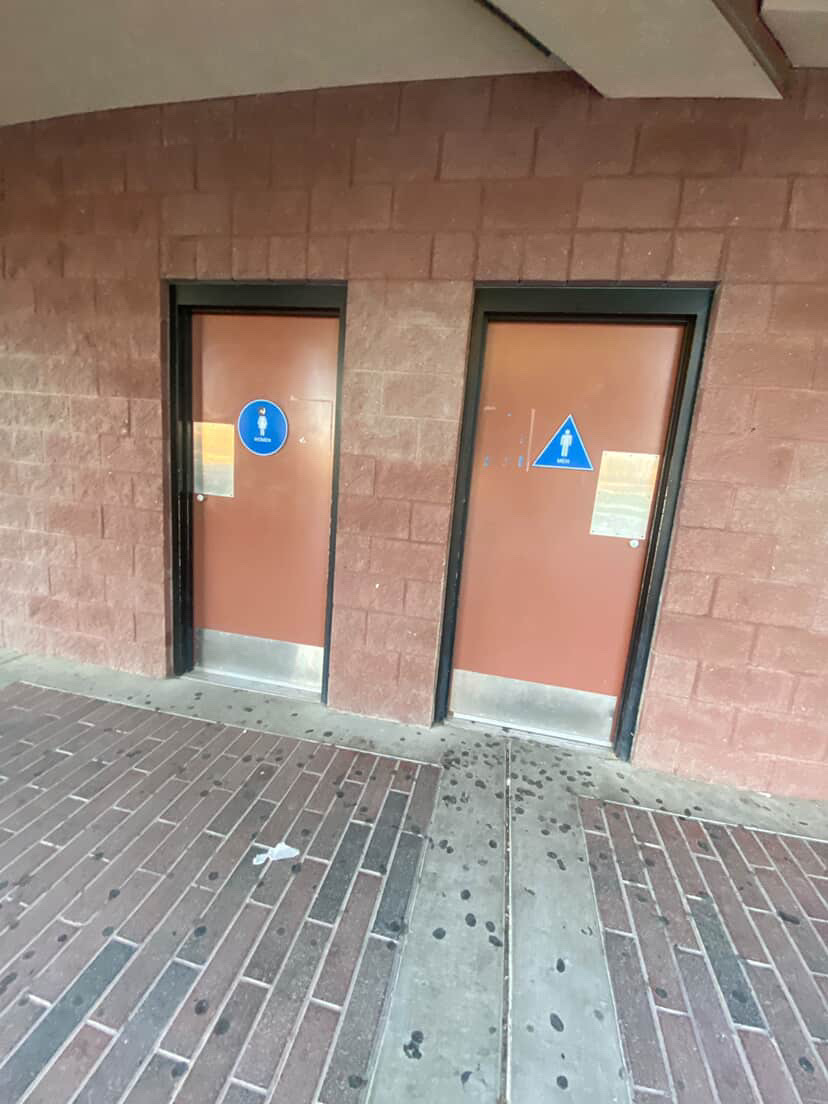The teenage years during high school consist of many great memories, lessons, relationships, and even the journey of freedom. A person’s driver’s license is essential to their life because it validates independence and responsibilities. However, what does freedom mean if it’s unsafe?
Many teens are eligible to kickstart their driving experience as soon as they reach the age of fifteen and a half. Although this process isn’t easy, driving is a privilege that requires caution, awareness, and rapid reflexes. Each essential step of the procedure is crucial to earning a license. Moreover, there are various necessary challenges to earn a provisional license.
While many licensed teenagers are often more than qualified to operate an automobile, many students put themselves at risk by engaging in unsafe driving practices. The Federal Motor Carrier Safety defines reckless driving as, “operating a commercial motor vehicle in a dangerous or careless way.” However, passengers are less at risk when they adhere to the legal requirements of using a seatbelt, following the speed limit, using turn signals, and, especially, the most crucial: prohibiting cell phone use while driving.
It’s common for individuals to want to check their phone and constantly observe who sent a message and where a notification came from. However, there are countless objections to why this act can be so dangerous when operating a vehicle. Countless time after time, I have witnessed a driver being distracted by their cell phone. As a student with my license, I am able to confidently understand and note the detrimental effects that cell phones have on the majority of students and other members of this generation. Whether someone is stopped at a traffic light or driving slowly in any residential area, there are no exceptions to the cell phone law. Regardless of the situation, if a vehicle is in motion or in an active traffic lane, each driver is responsible for his/her own actions.
Since 1968, the federal law has required all motor vehicles to be equipped with a seatbelt system. However, according to the AAA magazine, between 1984 and 1988, American states developed regulations to ensure passenger safety. To this day, and every passing day, each traveler has maintained the obligation to utilize the essential safety features. However, this responsibility is upon the driver to establish a clear boundary between the passengers.
The most important and common issue I have seen directly is people taking advantage of the power of speed. Whether it’s driving to school, a friend’s house, or to the grocery store, I’ve noticed how often drivers will abuse the speed limit policy. Although these laws were created for the sole purpose of safety and order, when drivers abuse the limit, it creates a window for disaster and hazardous situations. If anyone were to ask me what I think the most dangerous, irritating, and honestly scary act I’ve witnessed was, I’d say it’s the unsafe habits students have when speeding in the campus parking lot and being unaware of his/her surroundings. It’s completely irrational and disrupts the flow of traffic. There are countless reasons to avoid speeding, and I’d recommend that everyone follow the speed limit above all.
Day after day, I continue to experience the faults of other reckless drivers and how his/her actions affect others. Driving unsafely demonstrates immature and irresponsible behavior. As a member of the community, I believe that safety measures and precautions should be taken to ensure the safety of each student and staff member on campus.












